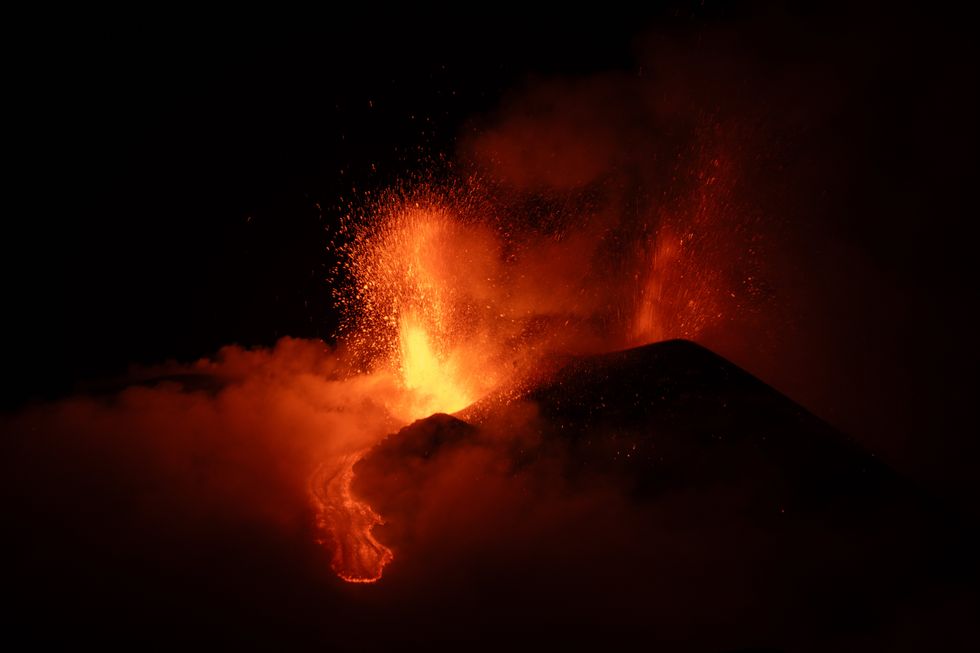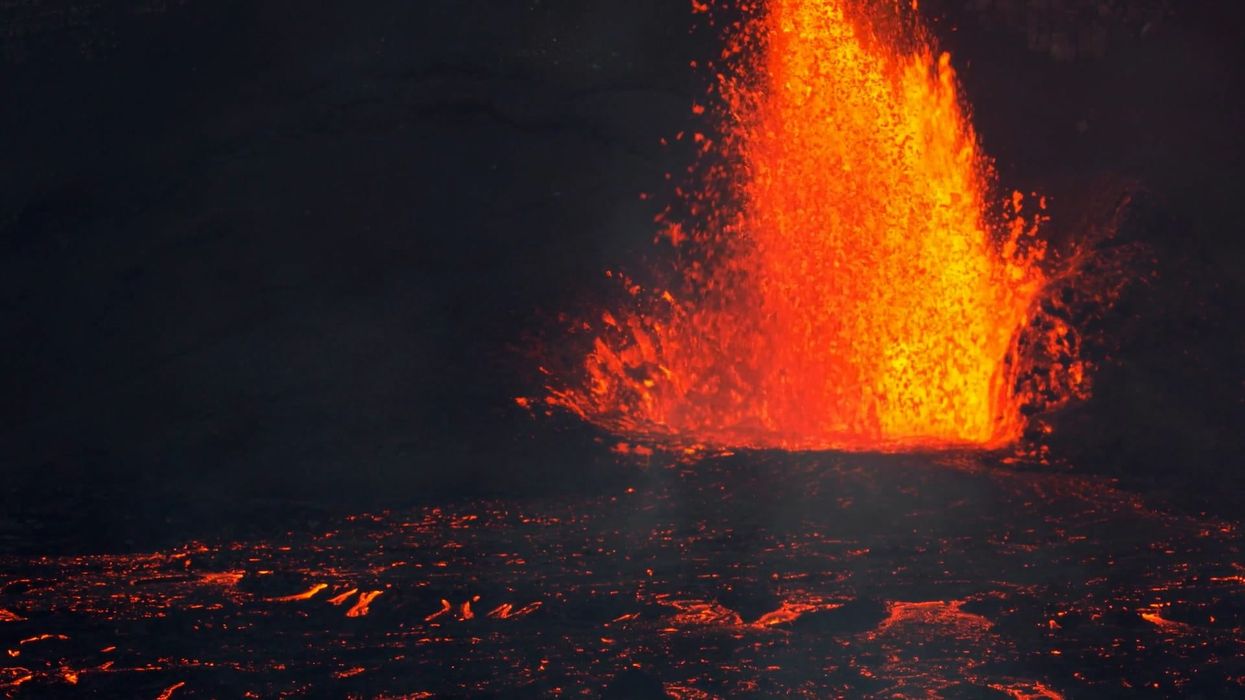Sinead Butler
Jun 24, 2025
Scientists Discover Gold Streaming From Earth's Core Through Hawaiian Volcanoes
Money Talks News / VideoElephant
Travelling to different countries allows us to see things we haven't seen before, like, for instance, volcanoes.
Around the world, there are more than 1500 active volcanoes, and around 50–70 of them erupt every year, according to the British Geological Survey.
Then there's the Ring of Fire, which makes up 75 per cent of the world's volcanoes and 90 per cent of its earthquakes, with volcanoes and seismic activity that stretches 25,000 miles around the Pacific Ocean (hence its nickname).
Meanwhile, there are over 82 volcanoes in Europe, and some of their activity can affect travel plans. One such time came back in 2010 when Iceland's Eyjafjallajökull volcano erupted, resulting in huge air travel disruption across Europe at the time.
Some of the most recent examples of volcanic eruptions include one that occurred last month at Mount Etna on the Italian island of Sicily, which could even be seen from space.

Etna is the largest and most active volcano in Europe, and with this latest eruption, tourists could be seen running away as the volcano was spewing out smoke.
The National Institute of Geophysics and Volcanology (INGV) described how the volcano was having “intense and almost continuous” strombolian explosions.
Here is what to know when travelling to a country with active volcanoes:
Check if there's any volcanic activity
It is always best to plan ahead and check if there are volcanic activity warnings - although nature can be unpredictable and eruptions can occur without a lot of warning, which is something else to consider.
In particular, knowing the different possible hazards, for example, the recent eruption on Mount Etna was the result of pyroclastic flow (a fast-moving combination of hot gas and volcanic matter) that was seen falling down one of the mountain faces following the collapse of material from a part of the crater.
Check the weather
Similarly, checking what the weather is going to be like ahead of your visit is also important due to how this can affect the conditions and visibility of trails.
Stick to the safe trails and guided tours
Although going off to explore might be tempting, it is best to follow the recommended safest routes and marked trails when hiking up an active volcano.
If you're not confident, then joining a tour guide would be a great way to see the sights from someone who knows the area.
Emergency medical kit
It's never a bad idea to have a medical kit ready to use if needed, especially if you're on an active volcano, and this should include your standard plasters, bandages, medicines, along with emergency supplies of food and water and helpful tools like a flashlight.
Sensible footwear
It goes without saying, but when going on a hike, it's important to have the correct footwear on, particularly with active volcanoes, where the situation can change at any minute.
We all saw how tourists had to flee when Mount Etna spewed out smoke last month, the last thing you'd want is your footwear to slow you down.
Elsewhere, Striking satellite images show Mount Etna's eruption from space, and Why is Greece having so many earthquakes right now and should we be worried?
How to join the indy100's free WhatsApp channel
Sign up to our free indy100 weekly newsletter
Have your say in our news democracy. Click the upvote icon at the top of the page to help raise this article through the indy100 rankings.
Top 100
The Conversation (0)














